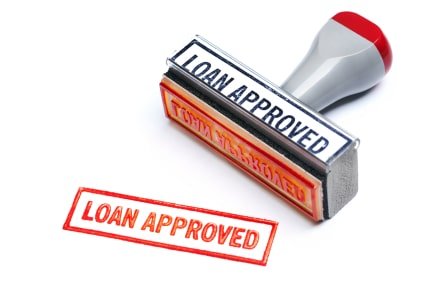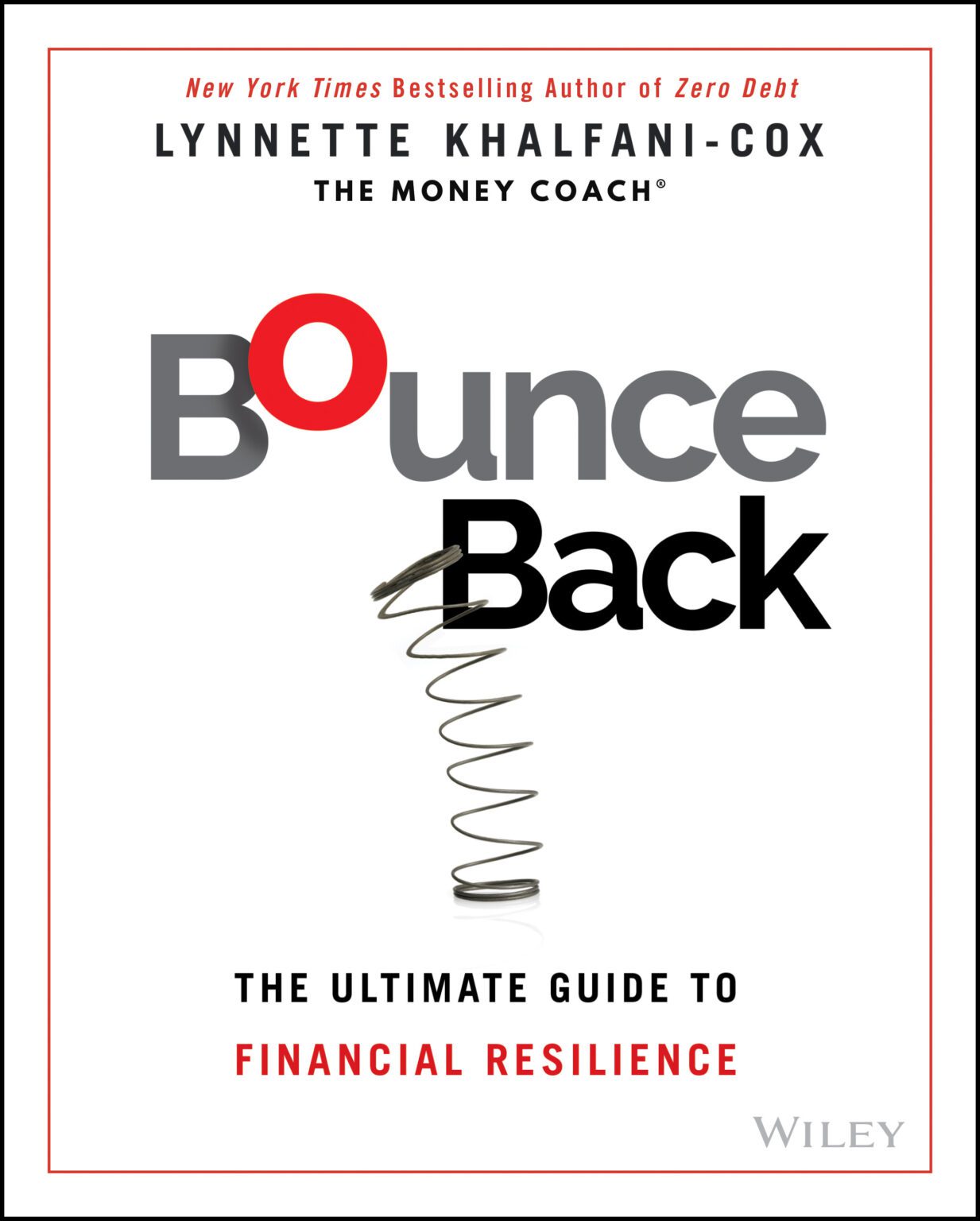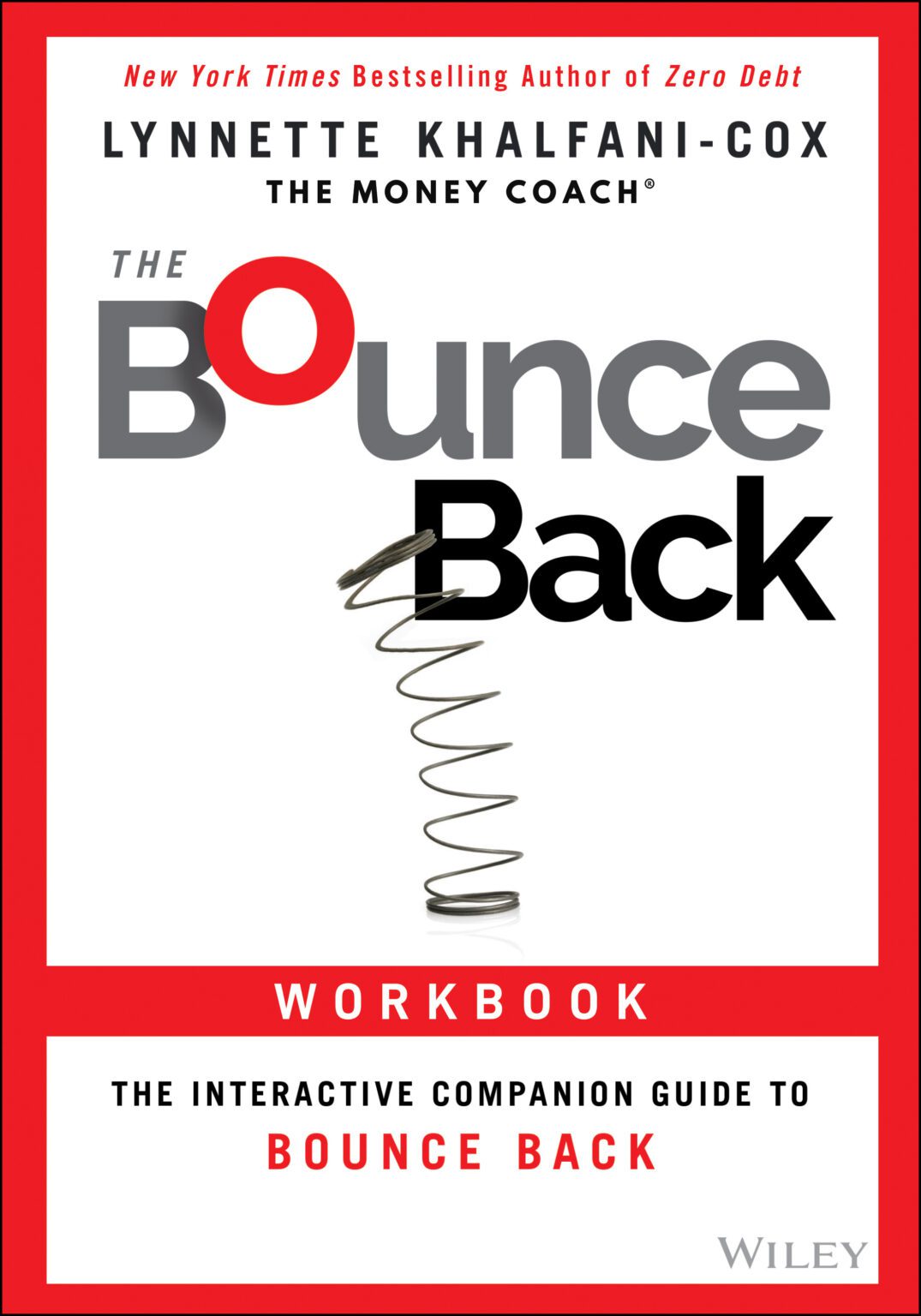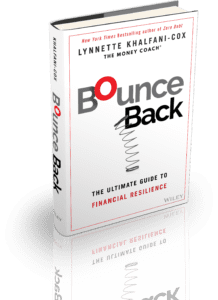With millions of Americans owing so much money on their credit card balances, it’s no wonder that a lot of them are looking at peer-to-peer loans as a way to pay down debt more quickly and have a lower interest rate.
Getting credit or loans more cheaply is obviously a good thing for those who need to borrow.
But one of the overlooked aspects of peer-to-peer loans is how much better they are for your credit score compared to carrying credit card debt.
Here are three ways a peer-to-peer loan is better – way better – for your credit score than is credit card debt.
Inquiries On Your Credit Report
First, when you initially submit an application for a peer-to-peer loan, the loan process itself triggers only a “soft” inquiry, versus a credit card application, which involves a “hard” inquiry.
A soft loan inquiry is essentially a form of you pulling your own credit rating to assess it. So soft inquiries have no impact at all on your credit score.
A hard inquiry is generated when you apply for credit or seek a loan, and a hard inquiry does impact your credit score.
A hard inquiry stays on your credit report for two years and it counts against you for the purposes of your FICO credit score for one year.
So, let’s say you applied for a credit card or you were just seeking an increase in your credit limit with your credit card issuer. That would result in a hard inquiry that could lower your FICO credit score.
By contrast, when you seek a peer-to-peer loan, it’s a soft inquiry only – at least, at the initial application phase. So, let’s say you get turned down.
Then that inquiry still does not hurt you or impact your credit score in the way that a hard inquiry could. With a credit card, of course, any inquiry you generate gets reported to the credit bureaus – regardless of whether or not you get approved.
Now, once you apply for a peer-to-peer loan and are approved, and your loan does get funded, that’s the point at which the inquiry is reported and it too is shown as a hard inquiry.
But at that point, at least you’ve been guaranteed the loan. You’ve actually got the funding, and likely at a lower rate than your credit card debt.
Want a P2P Loan? See This Profile of a Typical Peer-to-Peer Borrower
Again, a hard inquiry with a credit card issuer goes on your credit report regardless of whether or not you actually get the credit card you’re seeking.
So, whether you’re a new applicant applying for a credit card, or whether you’re an existing customer just seeking an increase in your credit line from a credit card issuer or bank, that hard inquiry will definitely show up and will impact you immediately – even if you don’t get the card or get the credit limit increase that you desire.
Installment Loan Vs. Revolving Loan
A second way in which a peer-to-peer loan is better for your credit score than credit card debt is how the loans are categorized and reported to the credit bureaus, Equifax, Experian, and TransUnion.
Simply put, a peer-to-peer loan is reported as “installment” debt, whereas a credit card balance is reported as revolving debt. And guess which one is better for you? By far and away, it’s the installment debt, the peer-to-peer loan.
I’ve written before about how all debt is not creating equally when it comes to your credit score. But to summarize:
With revolving debt, i.e. credit card debt, the reason why it is scored less favorably in the credit scoring models is that it’s open-ended debt that doesn’t have a fixed period of repayment.
You could take years and years and years to pay off that credit card balance, and frankly, while you’d be helping to make the banks and credit card companies rich, you’d be doing nothing for your credit score except hurting it.
With an installment loan, however, there is a fixed repayment period.
Consider another type of installment loan: a car loan. If you have a five-year car loan, your balance is going to do nothing but decrease over time as you continue to make your monthly payments.
Also, that loan is amortized in a way that allows you to pay off some of the principal and some of the interest.
Another reason that revolving debt is less favorable from a credit scoring standpoint is that, with revolving debt (credit card obligations), the issuer or the bank involved never knows exactly how much of a payment you’re going to make.
You might choose to make a minimum payment; you might choose to pay off your balance in full; or you might choose to pay slightly above the minimum payment.
Who knows exactly how much you’ll actually pay on any given month? Nobody really, but you.
With installment debt, however, it’s a far more predictable repayment schedule. You have a set amount of money that is due every single month.
So that fixed repayment amount makes the loan far more predictable for both the borrower and for the lender.
Finally, with revolving debt, you have the option to keep charging more, making you riskier. So, that credit card balance that you have right now that might be, say, $2,200 and it has an 18% interest rate. But the card itself has a $3,000 credit limit.
For all your credit card company knows, you might go out and charge up another $800 and max out that credit card and have a total balance due of $3,000. Therefore, revolving debt is riskier from that standpoint simply because the credit card issuer never knows exactly how much of the credit line you’re going to use.
Compare that with an installment loan, where you get the money funded to you in full up front. In this case, the risk of you adding more to the debt is nil since you’re not getting any additional line of credit through that particular loan. The installment debt, as I mentioned before, simply goes one way: down. It does not increase.
More Cash Flow
A third and final way in which a peer to peer loan is better for your credit score than credit card debt is, for those who obtain a lower rate, you get to free up cash flow, thereby making your overall loan repayments easier.
In other words, let’s say you get a peer-to-peer loan to pay off credit card debt. You now have credit card debt at a 20% interest rate, but you’re able to get a peer to peer loan at a 13% interest rate.
The same amount of debt is being carried. However, that lower rate may free up cash flow for you, making your overall loan repayments easier.
Now, how exactly will you free up cash flow if you? Actually, it may not happen instantly because of the nature of the repayment schedule with peer-to-peer loans.
Remember, with a P2P loan you can’t just let the debt languish and roll over year after year, like you can with a credit card. On the contrary, you’ll have to pay it off, typically in one to three years. Because your repayment period is accelerated, it’s possible you could have a higher monthly payment than you did with your credit card bills.
Now I know some of you are saying: ‘Wait a minute. That’s not freeing up cash flow, because I may actually have to pay more from a monthly payment standpoint with a peer to peer loan than I do with my credit card balances!’
And that is correct – at least, in the near term.
However, if you have a peer to peer loan that is, say, one year or three years, since you can be assured that making consistent on time payments will get you out of debt in that one to three year term, ultimately, you are going to have more cash flow available in the future to continue making your overall loan payments on everything else that you owe.
So, if you swap out a credit card debt for a peer-to-peer loan of, say, three years, in three years, you’ve knocked out the P2P loan. And then, with the additional cash flow you have, you’re able to more aggressively pay all your other bills, such as your mortgage, your student loan, your auto loan, etc.
So, in the long run, freeing up your cash flow and getting a lower rate unburdens you and allows you to have a little more financial flexibility and the wherewithal to continue being responsible in paying your debts and your overall obligations.
In effect, a peer-to-peer loan forces to you pay off your debts more quickly – hopefully once and for all. And that does wonders for your credit score.








